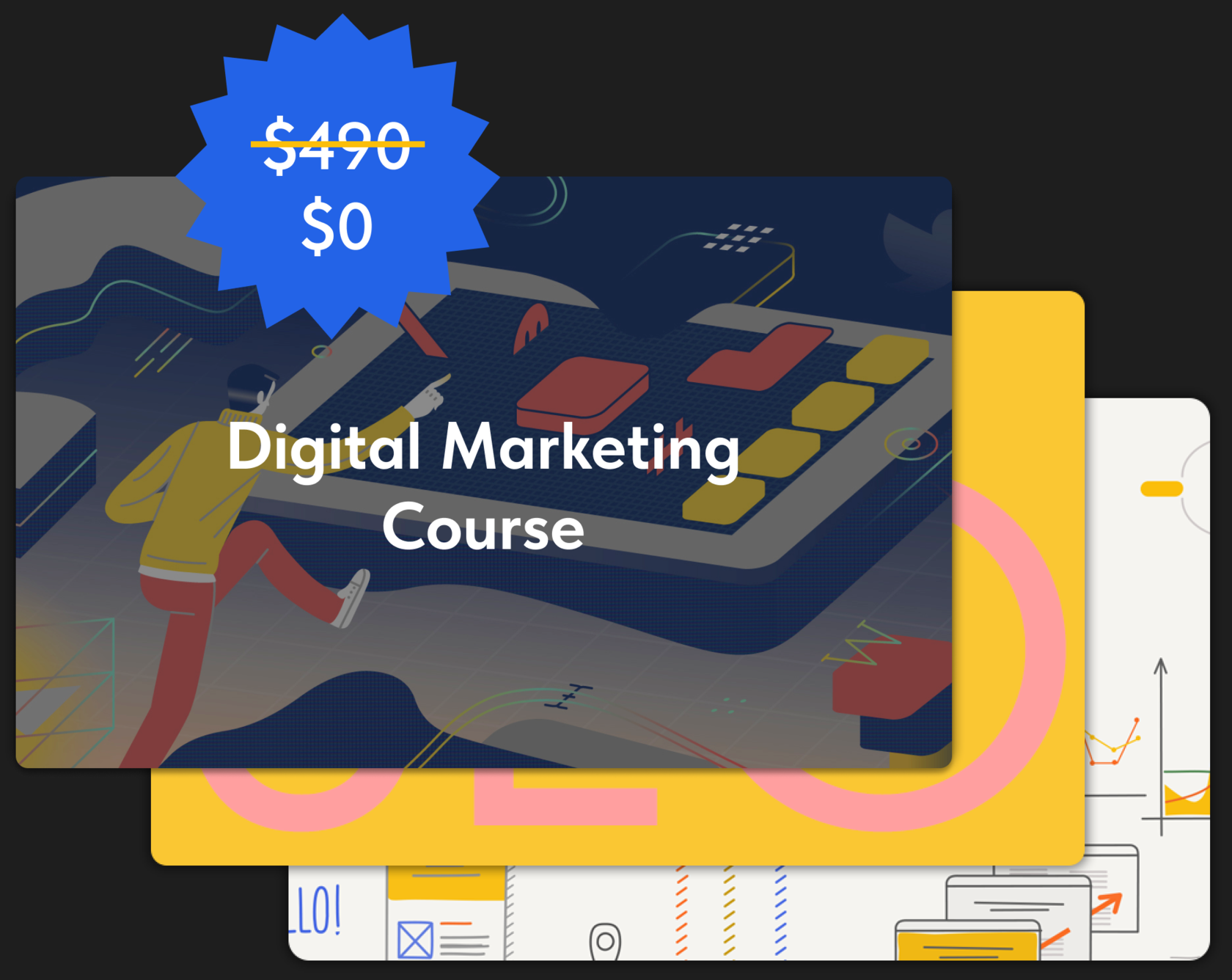-

 Course
Digital Marketing Course
Course
Digital Marketing Course
-
2. Target Audience And CompetitorsChapters

 Course
Digital Marketing Course
Course
Digital Marketing Course









